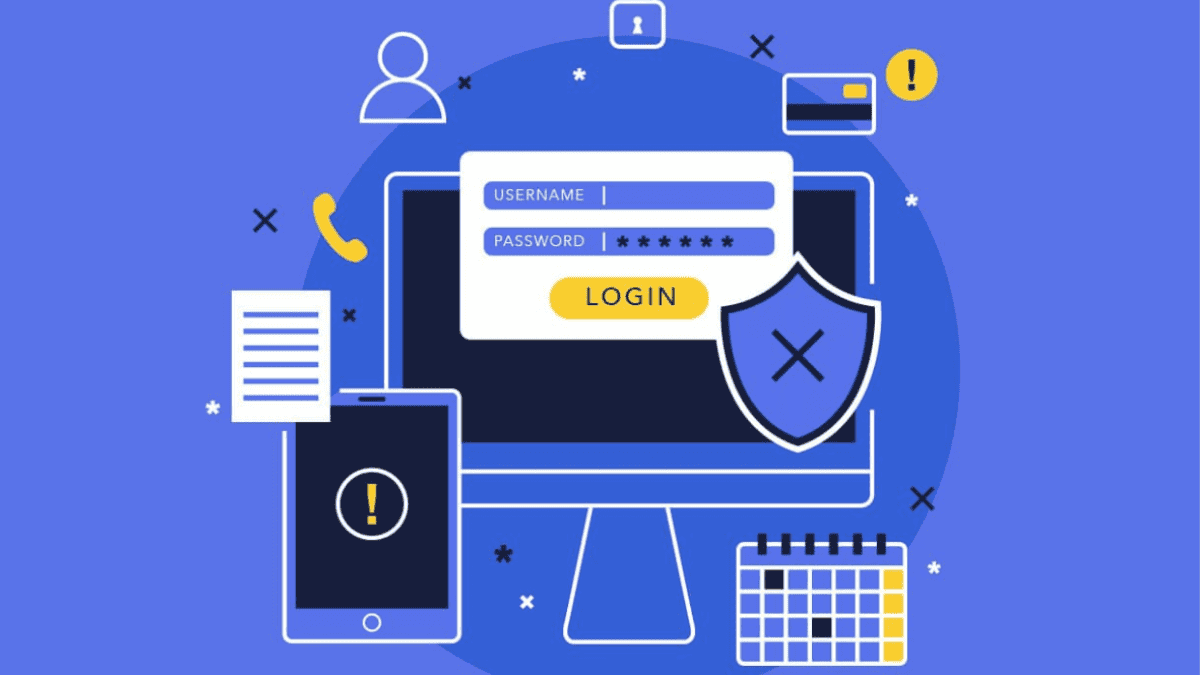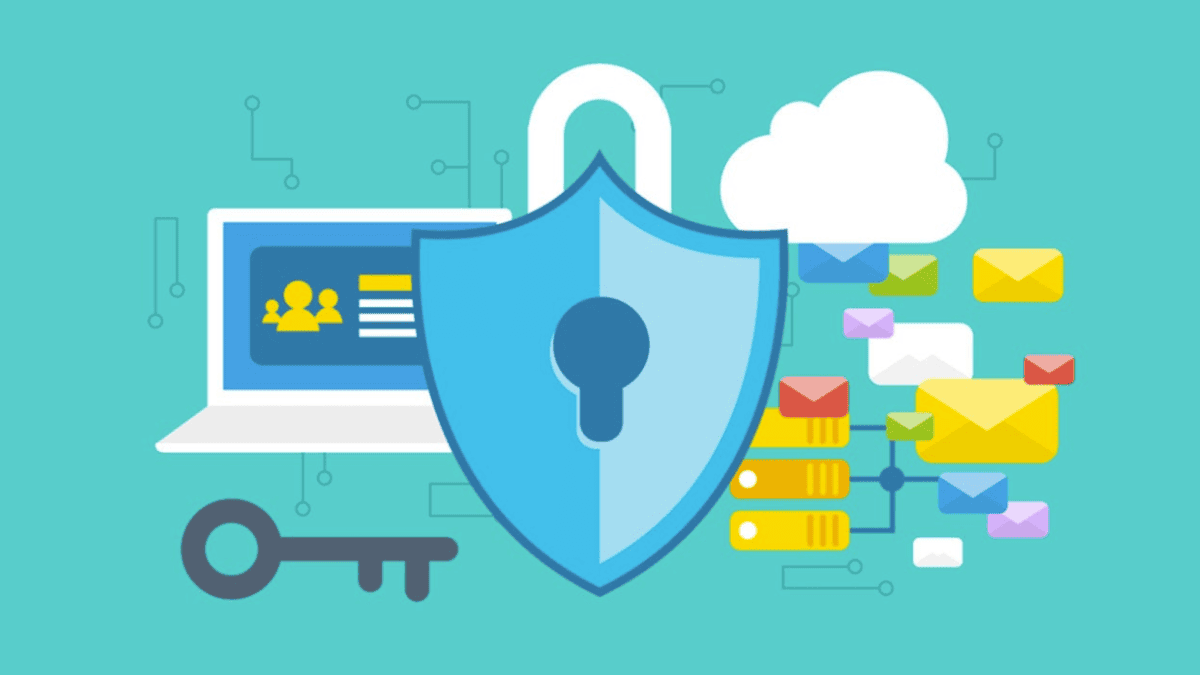The OAuth protocol is an open standard for access delegation, commonly used to enable secure authorization for applications and services. It plays a crucial role in cyber security by allowing third-party applications to access a user's data without exposing their credentials. By providing a way to issue access tokens, OAuth ensures that users can grant limited access while maintaining control over their sensitive information.
In essence, OAuth acts as a middleman between the user and the service, enabling secure interactions even when responsibilities are shared among multiple parties. The protocol is widely adopted and supports a range of applications, making it an essential part of modern online security practices.
Importance of OAuth in Security
The OAuth protocol plays a vital role in enhancing security for organizations, particularly small to medium-sized enterprises (SMEs). With the increasing number of cyber threats, it has become crucial for organizations to implement robust security measures to protect sensitive data. Below are key reasons highlighting the importance of OAuth in security:
| Importance | Description |
| Reduced Credential Sharing | OAuth minimizes the need for users to share their passwords with third parties, reducing the risk of credential exposure. |
| Limited Access Privileges | Access tokens can be configured with specific permissions, allowing users to control what data is accessible. |
| Improved User Experience | By using OAuth, users can sign in with existing accounts (like Google or Facebook), simplifying the login process. |
| Enhanced Data Protection | OAuth provides a secure method for applications to access data without directly handling user credentials. |
Adopting the OAuth protocol, organizations can significantly improve their security posture while providing a more user-friendly experience. This balance of security and convenience makes OAuth an invaluable tool in the toolkit of SMEs seeking to enhance their IT services.
How OAuth Works
Understanding how OAuth operates is essential for small and medium-sized enterprises (SMEs) considering its implementation for security. The OAuth protocol facilitates secure access to applications and resources without disclosing user passwords.
Authorization Process
The authorization process in OAuth involves several key steps. It allows third-party applications to obtain limited access to a user's information without sharing their credentials. This process typically includes interactions between the user, the application requesting access, and the authorization server.
- User Request: The user requests access to a resource by interacting with the application.
- Authorization Request: The application directs the user to the authorization server.
- User Consent: The user provides consent for the application to access their information.
- Authorization Code: After granting consent, the authorization server issues an authorization code to the application.
- Access Token Request: The application exchanges the authorization code for an access token by communicating with the authorization server.
- Access Token: The authorization server responds with an access token, which the application can use to access the user's resources.
OAuth Tokens
Tokens are a fundamental part of the OAuth protocol, facilitating secure transactions between users and applications. There are primarily two types of tokens used in this protocol: access tokens and refresh tokens.
- Access Tokens: These are short-lived tokens that grant access to specific resources. Access tokens are sent with each API request to verify the user's authorization.
- Refresh Tokens: These tokens have a longer lifespan and are used to obtain new access tokens without requiring the user to reauthorize. They help maintain a seamless user experience while ensuring security.
Understanding the authorization process and the types of tokens involved in OAuth is vital for SMEs aiming to adopt the protocol for enhanced security and efficiency in their IT systems.

6 Benefits of Using OAuth
Implementing the OAuth protocol offers several advantages for small and medium-sized enterprises (SMEs). These benefits not only enhance security but also improve the user experience when accessing various applications and services.
1. Improved Security Through Tokenization
OAuth eliminates the need for applications to store user passwords by using access tokens instead. This minimizes the risk of credential theft and reduces the chances of unauthorized access in case of a breach.
2. Granular Access Control
With OAuth, users can grant limited access to their data, allowing applications to perform specific actions without exposing the entirety of their information. This improves privacy and control over shared data.
3. Seamless User Experience
OAuth enables single sign-on (SSO) capabilities, allowing users to access multiple services using one set of credentials. This reduces login fatigue and makes navigating across apps smoother and faster.
4. Reduced Development Burden
By leveraging OAuth, developers can rely on trusted third-party identity providers, simplifying the authentication process and saving time on creating and maintaining custom login systems.
5. Scalability Across Applications
OAuth allows for easy integration across various platforms and services, making it ideal for SMEs looking to scale operations without overhauling security mechanisms.
6. Enhanced Trust and Compliance
Using OAuth with reputable identity providers enhances customer trust and can help meet industry regulations and compliance standards related to data security and user consent.
This user-friendly experience not only improves productivity for employees but also enhances overall satisfaction with the technology used within the organization. By adopting the OAuth protocol, SMEs can achieve both heightened security and improved user engagement, making it an essential component of their IT strategy. If you're interested in how secure access and digital evidence go hand in hand in today’s tech-driven world, check out our article "Want to Learn the Basics of Digital Forensics? Start With This Guide."
Implementing OAuth in SMEs
Implementing the OAuth protocol in small and medium enterprises (SMEs) is crucial for enhancing security and managing user access. This section will focus on two critical aspects of implementation: integration with IT systems and employee training and awareness.
Integration with IT Systems
Successful integration of the OAuth protocol into existing IT systems requires careful planning and execution. SMEs should assess their current technology infrastructure to identify where OAuth can be effectively implemented. Key considerations include the following:
| Consideration | Description |
| Compatibility | Ensure that existing applications and services can support OAuth integration. |
| Development Needs | Determine if any custom development is required for seamless integration. |
| API Access | Check if external services used by the organization support OAuth for authentication. |
| Security Protocols | Align OAuth implementation with other security measures in place within the organization. |
For effective integration, SMEs may need to collaborate with IT teams or consultants who have experience with the OAuth protocol. This ensures that the integration is smooth and aligns with best practices for maintaining security.
Employee Training and Awareness
Once integration is complete, educating employees about the OAuth protocol is essential. Employees play a vital role in maintaining security and understanding how to use the protocol correctly can prevent errors and misuse. Important training topics should include:
| Training Topic | Description |
| Overview of OAuth | Provide a basic understanding of what OAuth is and how it works. |
| Best Practices | Teach employees best practices for handling OAuth tokens and managing access permissions. |
| Recognition of Phishing Attempts | Equip employees with skills to recognize and report potential security threats related to OAuth usage. |
| Incident Response | Prepare employees on how to respond in case of an authorization error or token mismanagement incident. |
Regular training sessions and awareness programs can help ensure that all team members understand the importance of the OAuth protocol and their role in upholding security standards within the organization. This proactive approach can significantly decrease the likelihood of security breaches associated with authorization processes.
Common Challenges with OAuth
While implementing the OAuth protocol can significantly enhance security, several challenges may arise during adoption. This section discusses common issues faced by SMEs when utilizing OAuth, particularly focusing on authorization errors and token mismanagement.
Authorization Errors
Authorization errors can occur during the OAuth process, often resulting from incorrect configuration or insufficient user permissions. These errors can prevent users from accessing required resources, leading to frustration and delays in workflow.
Common types of authorization errors include:
| Error Type | Description |
| Invalid Grant | The authorization grant type is invalid or not supported. |
| Insufficient Scope | The user does not have permission to access the requested resources. |
| Unauthorized Client | The client application does not have permission to request an access token. |
| Invalid Client | The client credentials are incorrect. |
It is crucial for SMEs to ensure proper configuration of their OAuth setup, regularly review user permissions, and maintain documentation to minimize these errors.
Token Mismanagement
Token mismanagement poses a significant risk when using the OAuth protocol. Tokens are used to grant access to resources, and if they are not handled correctly, sensitive information may be exposed.
Common issues related to token mismanagement include:
| Issue Type | Description |
| Expired Tokens | Tokens that are not refreshed before expiration may lead to loss of access. |
| Token Leakage | Tokens exposed through insecure storage or transmission can lead to breaches. |
| Improper Revocation | Failing to revoke tokens after a user logs out can allow unauthorized access. |
To address these challenges, SMEs should implement secure storage solutions for tokens, establish clear protocols for token expiration and revocation, and provide training on proper token handling practices.

Quietly Powerful. Always Reliable. LK Tech.
Implementing these best practices will strengthen security and enhance the overall integrity of the OAuth protocol within an organization. At LK Tech, we help businesses deploy secure, efficient systems by tailoring IT solutions that meet specific goals and compliance requirements. Our team delivers top-notch IT support designed to keep your infrastructure safe and optimized. Many Cincinnati IT companies offer generic solutions, but we focus on personalized, high-quality service that makes a difference. Let’s talk about how we can support your security needs—contact us today to get started.


